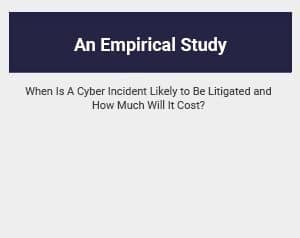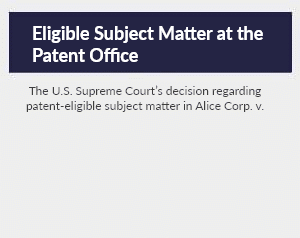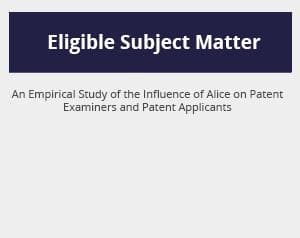Sept-20-2017
In the continental United States, the clouds are parting, and communities along the Gulf Coast can finally survey the devastation caused by hurricanes Harvey and Irma. After causing total losses of around $150 billion, they are currently the third and fourth costliest hurricanes in U.S. history, coming right after Katrina in 2005 and Sandy in 2012. The amount of insured losses is estimated to be around $40 billion for each of the two hurricanes.
Private insurance companies often cover property damage from wind and rain, but exclude flood damage from their policies. Floods are hard to predict and can cause a lot of destruction in a single event, and paying out a lot of claims at once can endanger an insurer’s solvency, so insurance companies just stopped covering flood damage.
Because there was no private market for flood insurance, Congress enacted the National Flood Insurance Act of 1968, creating the NFIP, which is managed by FEMA. The NFIP makes flood insurance available to flood prone regions that complied with federal zoning and construction standards. These standards were designed to reduce losses from flooding, but some say that as flood insurance became more widely available, land developers built further into the flood plains, increasing the overall risk. The program was in good shape until it paid out over $17 billion for losses caused by hurricane Katrina in 2005, and since then, it has been in debt.
The historical data shows that the number of premium-paying policies in the NFIP is slowly declining, while the number of claims is going up.This could be evidence that people living in low-risk areas are quitting their policies because they have been paying at higher premium rates than they should, while there are more people purchasing flood insurance because they know they will need it. This trend suggests that the NFIP will not be sustainable because it collects less money from premiums and meanwhile, pays out more for claims.
Several reforms have been made to the NFIP, but it seems rather difficult to fix all the issues at once. The Biggert-Waters Act in 2012 tried to increase premium rates and eliminate subsidies in high-risk areas, but it was delayed by the Homeowner Flood Insurance Affordability Act in 2014, which set an 18% limit on the annual increase in premium. In addition, the NFIP began a reinsurance program in 2016 to transfer some excess risk to reinsurers. But the $1.04 billion cap of reinsurance is likely to be used up quickly, given the enormous losses caused by Harvey and Irma. It is expected that the NFIP will have to borrow from the U.S. Treasury, and then pay back these loans over time.
Compared to the NFIP, private insurers have more flexibility in pricing, and are usually better at distinguishing between policyholders with different risk levels. So, the private market might be a good complement to the NFIP because it lightens the NFIP’s burden by providing more capacity, and customers would also have more options.
A decade after hurricane Katrina, some insurers saw a potential market for private flood insurance and started offering private coverage in 2014. With the losses caused by Harvey and Irma and the possibility that tropical cyclones may become more frequent, it is doubtful that the private market will have confidence in the private flood insurance market, and the challenges faced by the NFIP are greater than ever.






